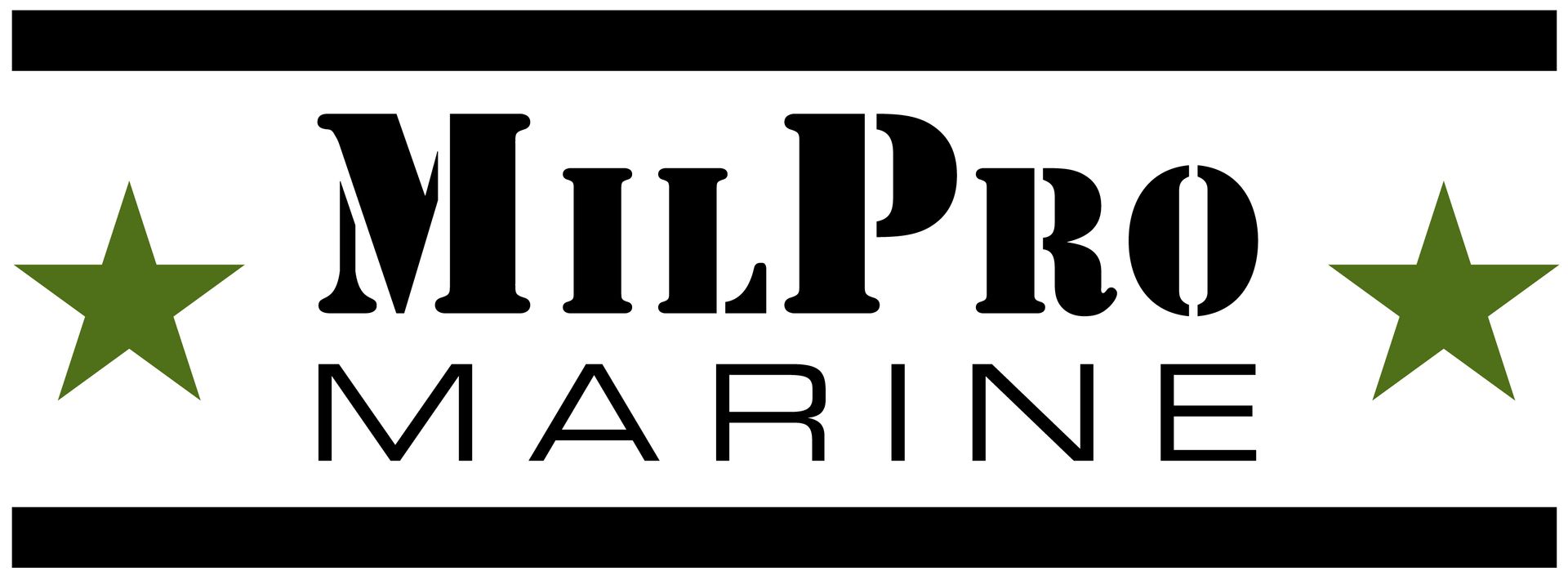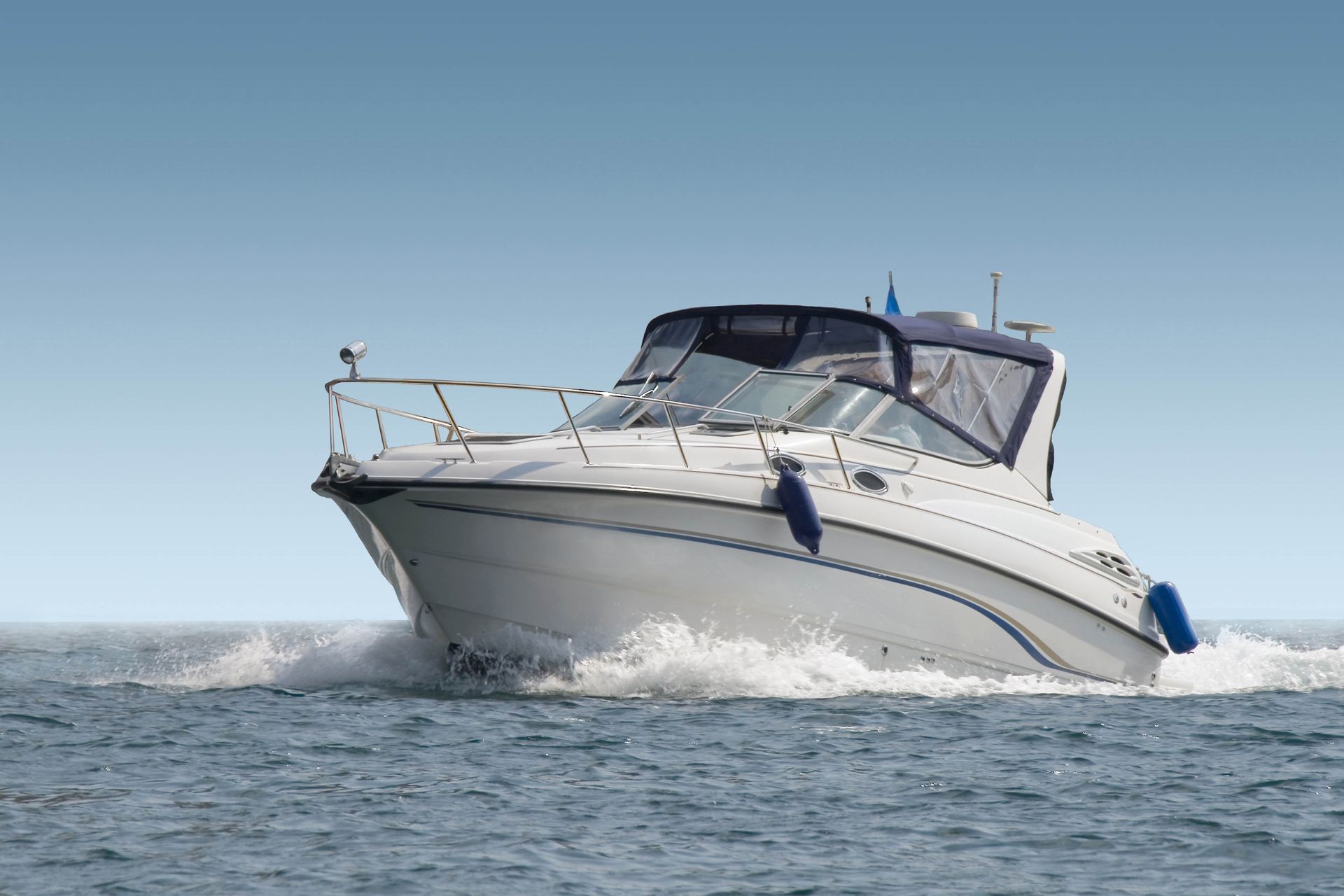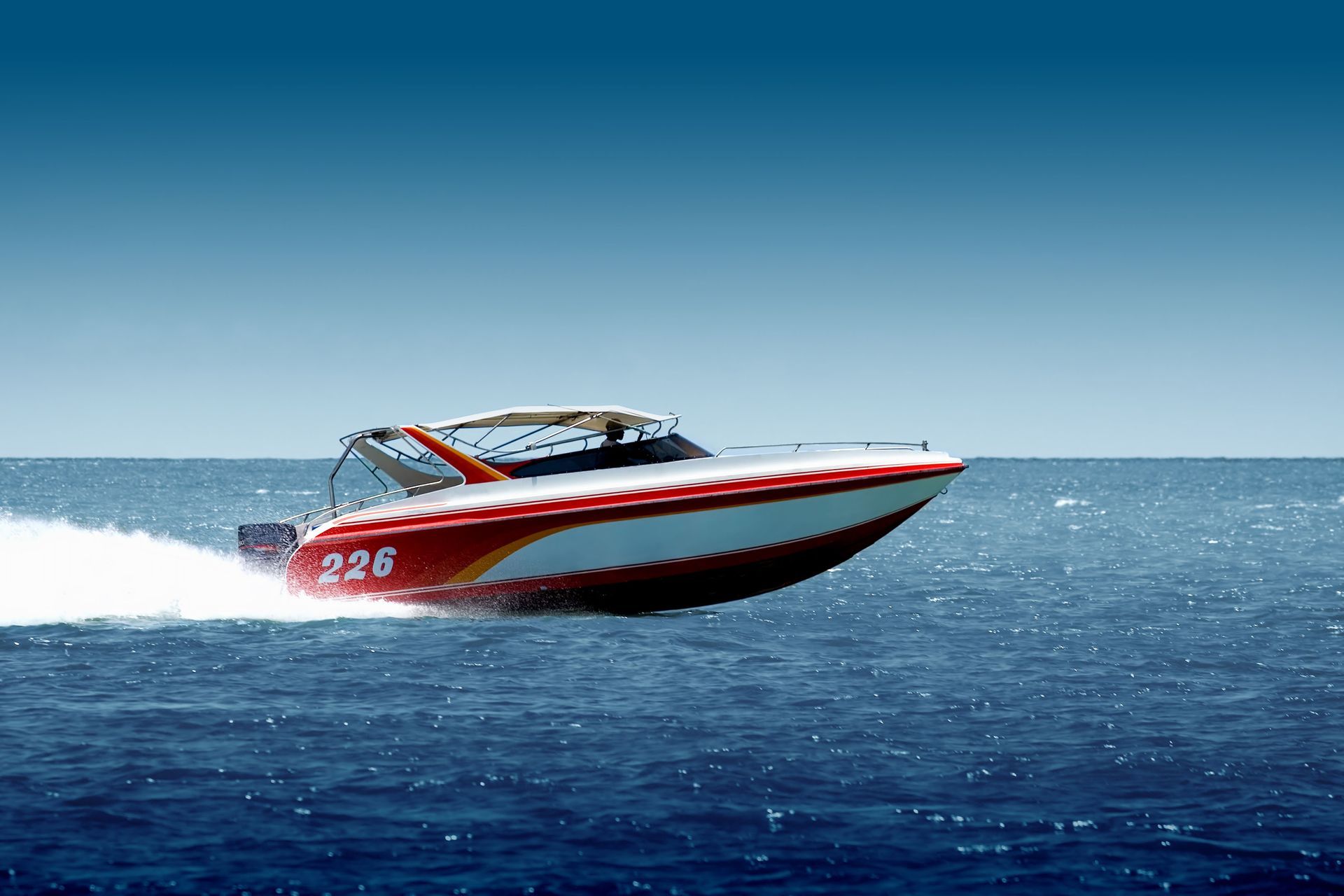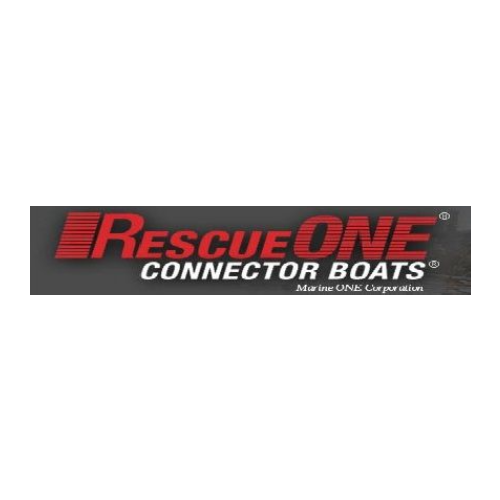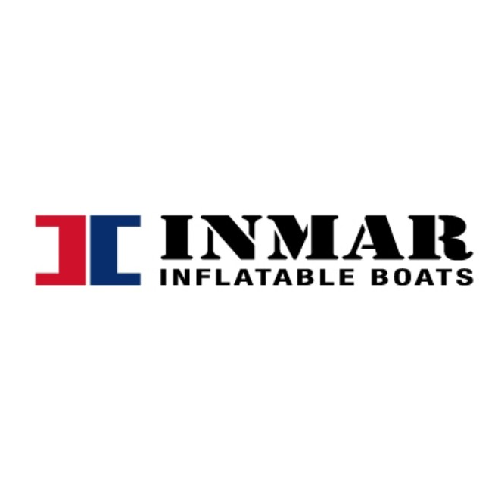November 14, 2025
Waterways are an essential part of communities, providing recreation, transportation, and livelihoods for millions of people. With the rise in recreational boating and commercial water activities, maintaining safety on the water has become more critical than ever. One of the key tools that law enforcement agencies rely on to ensure water safety is police boats. These specialized vessels are designed to patrol waterways, respond to emergencies, and enforce laws that keep waterways safe for everyone.
According to the National Safe Boating Council, in 2024 there were more than 11.6 million registered recreational boats. With so many vessels navigating lakes, rivers, and coastal areas, the risk of accidents, violations, and emergencies has grown. Police boats play a crucial role in addressing these risks and enhancing safety for both recreational and commercial water users. Below, we explore several ways police boats improve water safety.
1. Enhancing Rapid Emergency Response
One of the most vital functions of police boats is their ability to provide rapid emergency response. Water emergencies often happen quickly, and every second counts. From boating accidents to swimmers in distress, police boats allow law enforcement officers to reach the scene far faster than traditional land-based emergency services. Their speed, agility, and access to difficult-to-reach areas make them indispensable during critical incidents.
The design of police boats prioritizes speed and maneuverability, enabling officers to navigate crowded or narrow waterways with ease. Whether responding to a capsized vessel, a medical emergency, or a collision, police boats ensure that help arrives promptly, potentially saving lives. Their onboard equipment, such as first aid supplies, rescue gear, and communication systems, further enhances their effectiveness in emergencies.
2. Strengthening Law Enforcement on Waterways
Maintaining law and order on waterways is a crucial aspect of water safety. Police boats allow officers to monitor compliance with boating regulations, prevent reckless behavior, and enforce laws related to alcohol use, speed limits, and navigation rules. By actively patrolling recreational and commercial areas, police boats help reduce the likelihood of accidents caused by negligence or non-compliance.
The visibility of police boats alone can act as a deterrent for unsafe behavior. Boaters are more likely to follow rules and exercise caution when they know law enforcement is actively monitoring the area. Additionally, police boats give officers the ability to conduct inspections and investigations on the water, ensuring that boats are properly registered, equipped with safety gear, and operated responsibly.
3. Supporting Search and Rescue Operations
Police boats are essential assets for search and rescue operations. Whether a person goes missing while boating, falls overboard, or becomes stranded in a remote area, police boats enable law enforcement to conduct effective searches. Equipped with radar, GPS, and other navigational tools, these vessels can cover large areas quickly, increasing the chances of a successful rescue.
The agility of police boats allows officers to access shallow or obstructed waters where larger rescue vessels might struggle. This capability is particularly important in lakes, rivers, and coastal areas with complex terrain. By supporting search and rescue efforts, police boats ensure that help can reach those in danger more efficiently, minimizing the impact of water-related emergencies.
4. Enhancing Public Education and Awareness
Police boats also play a critical role in promoting public education and awareness about water safety. Officers using these vessels often engage with the community, providing guidance on safe boating practices, proper equipment use, and environmental conservation. Through public outreach programs, demonstrations, and patrols, police boats help foster a culture of safety among recreational boaters.
By interacting directly with the public on the water, law enforcement officers can deliver safety messages more effectively than traditional educational methods. These encounters allow officers to educate boaters on everything from the importance of life jackets to the dangers of boating under the influence. Over time, this proactive approach contributes to safer waterways and a reduction in preventable accidents.
5. Facilitating Emergency Medical Assistance
In addition to their rescue capabilities, police boats are equipped to provide emergency medical assistance. Accidents on the water can result in injuries ranging from minor cuts to severe trauma. Police boats allow officers to stabilize patients, administer first aid, and coordinate with emergency medical services for rapid transport to hospitals or medical facilities.
Many police boats are outfitted with medical kits, oxygen supplies, and communication tools that connect directly with shore-based emergency services. This ensures that injured individuals receive timely care, even when traditional emergency responders cannot immediately reach the location. By bridging the gap between the incident site and medical facilities, police boats significantly improve survival rates in water-related emergencies.
6. Supporting Environmental Protection Efforts
Water safety is not only about protecting people; it also involves preserving the natural environment. Police boats help enforce environmental regulations by monitoring for pollution, illegal dumping, or hazardous materials in waterways. By preventing environmental hazards and promoting responsible behavior among boaters, police boats contribute to the long-term health of aquatic ecosystems.
Protecting the environment indirectly enhances safety for recreational users. Clean, well-maintained waterways reduce risks associated with debris, contamination, and unsafe conditions. Police boats provide law enforcement with the mobility and equipment needed to patrol sensitive areas effectively, ensuring that waterways remain safe and enjoyable for all users.
7. Strengthening Coordination with Other Agencies
Police boats play a vital role in supporting coordinated efforts among various agencies involved in water safety. From coast guards and fire departments to environmental agencies and emergency medical services, police boats allow law enforcement to serve as a central hub for communication and operational support.
During large-scale emergencies or events, police boats facilitate joint operations, ensuring a unified and efficient response. Their ability to carry personnel, equipment, and supplies across waterways makes them an essential asset in multi-agency collaborations. This level of coordination improves overall safety and enhances the effectiveness of rescue, enforcement, and environmental protection efforts.
8. Enhancing Surveillance and Crime Prevention
In addition to emergency and safety roles, police boats are instrumental in surveillance and crime prevention on waterways. They allow law enforcement to monitor suspicious activity, prevent theft or smuggling, and respond quickly to criminal incidents. By patrolling marinas, docks, and popular boating areas, police boats help create a safe environment for recreational and commercial users alike.
Surveillance capabilities, including onboard cameras, radar, and communication systems, allow officers to track and document incidents efficiently. This not only aids in immediate response but also in investigation and prosecution. By deterring criminal activity and maintaining order, police boats contribute to overall safety and security on the water.
9. Promoting Confidence and Community Engagement
The presence of police boats on local waterways fosters public confidence in water safety efforts. Boaters, swimmers, and waterfront communities feel reassured knowing that trained officers are actively monitoring and responding to potential hazards. This visible commitment to safety encourages responsible behavior and strengthens community trust in law enforcement.
Police boats also serve as platforms for community engagement. Officers can host educational tours, safety demonstrations, and public events on the water, fostering positive relationships with local residents. By promoting transparency and cooperation, police boats help build a culture of safety and mutual respect on waterways.
10. Ensuring Compliance with Boating Regulations
Finally, police boats play an essential role in ensuring compliance with boating regulations. From registration checks to enforcing navigation rules, these vessels allow law enforcement to monitor activities and maintain order. Compliance reduces accidents, minimizes disputes among boaters, and supports a safer overall recreational experience.
Officers on police boats can quickly respond to violations, issue warnings, or conduct inspections. Their mobility allows them to cover large areas efficiently, ensuring that regulations are upheld consistently. By promoting adherence to boating laws, police boats help create a safer environment for everyone on the water.
The role of police boats in maintaining water safety is crucial. From rapid emergency response and law enforcement to search and rescue, public education, and environmental protection, these vessels provide essential support to communities and recreational boaters alike. Their versatility, speed, and specialized equipment make them indispensable tools for law enforcement agencies tasked with keeping waterways safe.
Whether responding to emergencies, preventing accidents, or engaging with the public, police boats are at the forefront of water safety efforts. For law enforcement agencies and communities alike, these vessels represent an invaluable asset in protecting lives, preserving natural resources, and maintaining safe and enjoyable waterways for everyone. If you're looking for quality police boats, contact Milpro Marine today.
